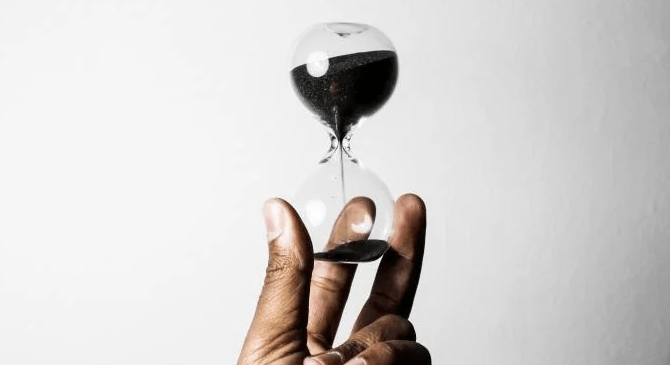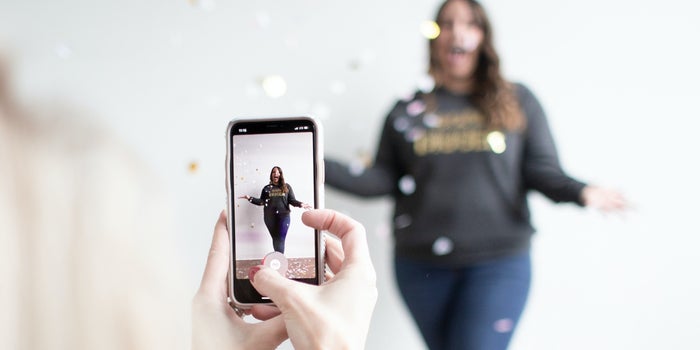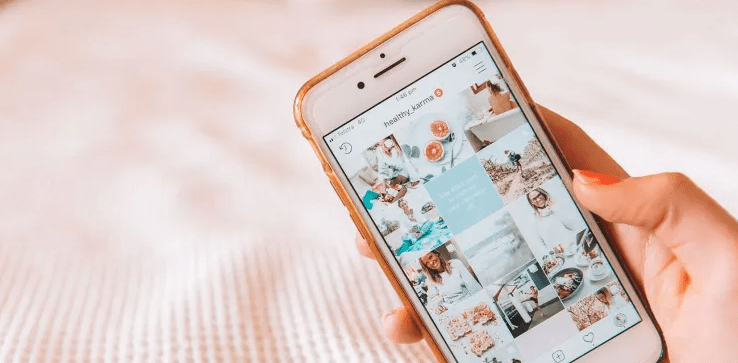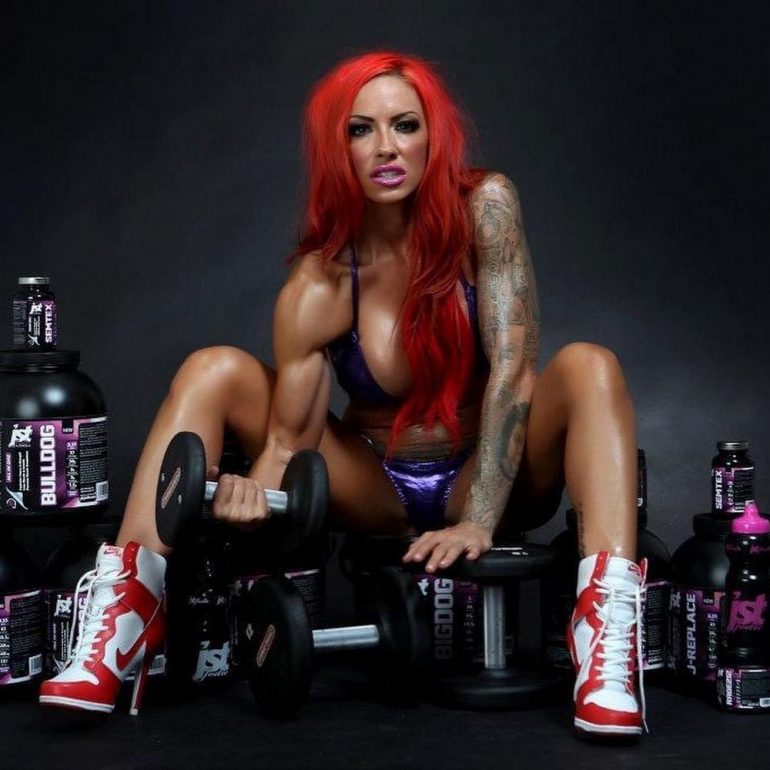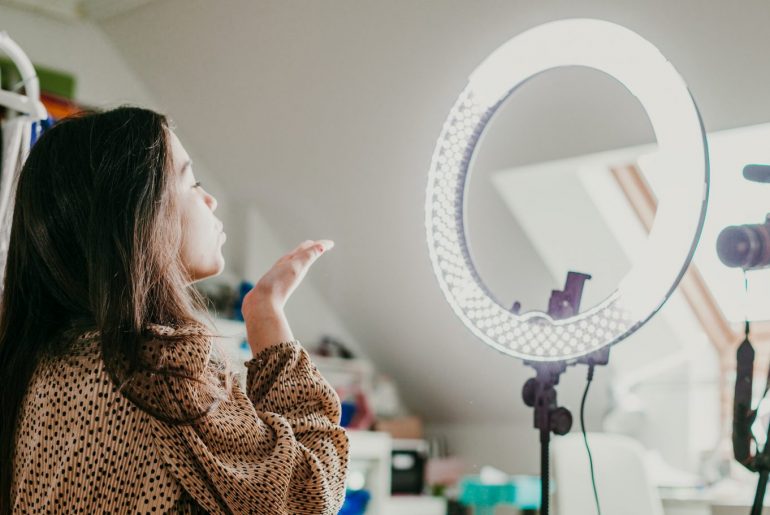By NisonCo
In the age of digital marketing, it seems influencers, email marketing, SEO, and social media reign supreme. Are there any classic marketing tactics that have withstood the test of time? The answer is yes — there are quite a few “old school” marketing moves that still pack a punch. Let’s look at six tried and true marketing tactics you should still consider using in the modern era.
1. Networking and Relationship-Building
Networking online or in-person is just as important in the modern-day as it was in the past. Strong networking skills are essential for any marketing professional or business owner. Successful networking generates referrals and leads, encourages steady client retention, and helps to build a positive reputation among peers and patrons, alike.
Attending conferences in your area is a great way for you to meet other people in your industry and build connections with local businesses and clients that are geographically nearby. Attending national networking events or conferences can also help you expand your network across the country and meet prospective clients and professionals that are doing similar work and perhaps can partner with your business or brand to form a mutually beneficial relationship.
2. Actual Facetime with Your Audience
No, we’re not talking about FaceTime with screens. Investing in facetime with your audience or customers is still a necessary part of doing business and can be greatly beneficial to your relationship with clients, collaborators, and partners. You will develop stronger circular regional relationships by curating interaction opportunities as well, which in turn helps to build more resilient local economies.
When you have face-to-face time with clients or business partners you’re able to pick up on things that are often missed in emails or audio calls such as facial expressions, body language, and other social queues that can get left out in written text or audio-only interactions. This can help build trust and deepen relationships which can yield fruitful business opportunities.
3. Offering Freebies and/or Discounts
People like free stuff. It’s as simple as that. This is a marketing tactic that won’t be retired any time soon because it has proven time and again to be effective. Freebies and discounts allow your target audience to interact with your brand or business and engage more actively with your services and content or sample your products.
It also offers an excellent opportunity for free advertising. When hosting a contest or free giveaway you can get entrants to repost the contest on their social media accounts, follow your brand’s account, and tag other people to spread the news — extending your reach and engaging your target audience in a fun way. Everyone wins.
The USPS created a guide titled “Still Relevant: A Look at How Millennials Respond to Direct Mail” (PDF) to help companies understand why millennials respond to mail and how to create an appealing mail piece.
4. Direct Mail Lives!
If you think paper mail is dead, then you would be wrong. It turns out everyone really does love mail. Direct mail is still a great way to reach out with the right purpose in mind, even for younger generations. There are several benefits to using direct mail. Direct mail campaigns give a high return on investment (ROI)—even higher than paid ad campaigns.
It is possible to reach your target audience with the right information at the right time. Direct mail campaigns can work solo or in conjunction with a digital marketing campaign such as by integrating online sales or QR codes, and it is very easy to track their progress.
5. Radio Advertising
Audio is making a significant comeback, so don’t sleep on this medium! Listen to what the founder and CEO of NisonCo Evan Nison had to say about the benefits of radio advertising in Forbes:
The resurgence of radio-based advertising has become increasingly apparent. Podcasts and web-based streaming audio ads can reach national and global platforms. Radio ads can be used to target very specific local regions and varied audience segments.
For those with a brick-and-mortar business location especially, radio advertising is the fun, affordable option of choice for hyper localized advertising. For those looking to level up their findability in the technological age, look into optimizing your local SEO performance.
6. Testimonials and Reviews
People are generally more attuned to the tactics used to get them to buy things or engage with a brand. Testimonials provide both credibility and accountability for brands and businesses because customers are naturally more likely to trust feedback from other consumers. Creating space for testimonials and reviews allows for clients to leave positive feedback or bring attention to issues that can then be addressed to help better the brand or business. In addition to these benefits, bringing them into the modern era by dedicating time to respond on social media sites and to poor reviews will aid in your local SEO strategy so your site will rank better on search engine results pages.
Conclusion Caveat: It’s a Modern World
It is imperative to examine the past for the lessons it has to offer our present, with the caveat that the world we live in exists today in the here-and-now. Each marketing strategy — old and new — has strengths and weaknesses when placed in different applications and contexts. If your brand is uncertain what blend of old-school and digital marketing strategies to employ, reach out to our team of PR, SEO, and Content Writing specialists today to begin crafting a comprehensive plan.
This article was submitted by an external contributor and may not represent the views and opinions of Benzinga.
If you are not using this trading strategy, you are leaving money on the table…
If you are blindly looking up and trading stocks the way 99% of traders are, you are missing on HUGE potential returns. Even new traders who started following this options trading strategy instantly began seeing returns they wouldn’t have had otherwise. With even two trades per month with this strategy, you will start seeing the difference in your trading account. Don’t waste any more time “guessing” and “getting lucky”. Click Here to See if you Qualify for Benzinga Options!

